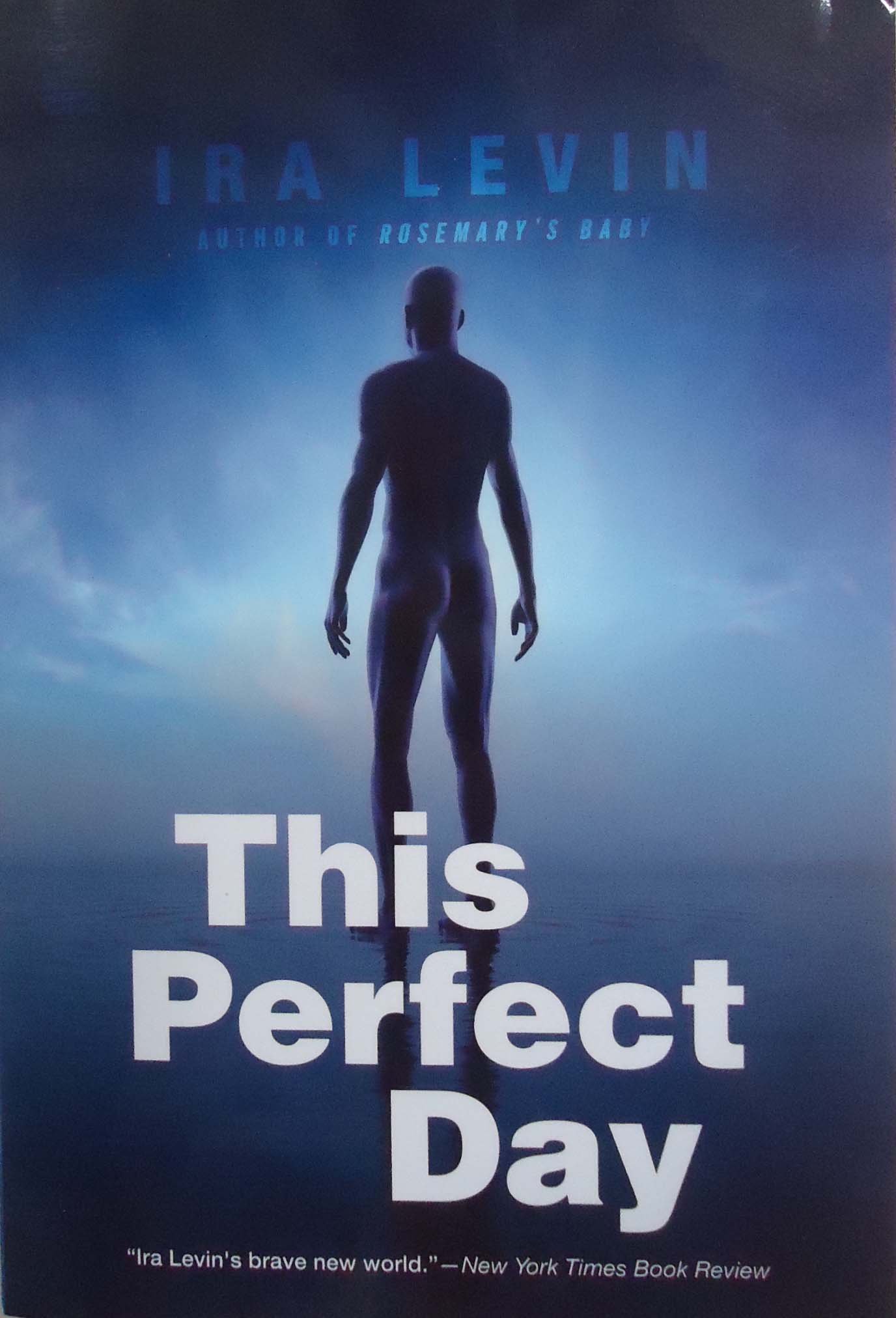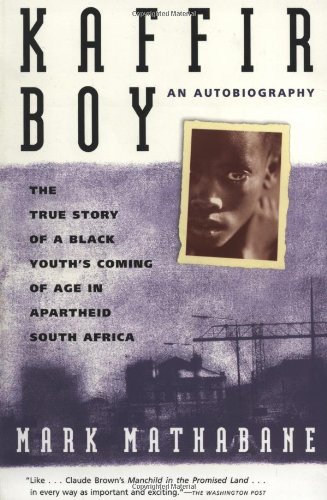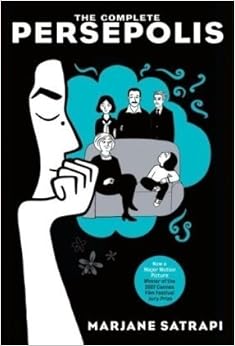Human rights is an inherently interdisciplinary subject. The topics, materials, theories, and studies not only branch multiple disciplines, but involve ideas and insights from multiple disciplines interacting all at once. However, so often we, in our various institutions, approach human rights from disciplinary perspectives. We teach classes in our own discipline with discipline-specific literature, and focus on topics germane to our disciplines. While this is not necessarily a bad thing, it does limit what we can say regarding human rights, or the topics that we can cover. This limitation is inherent to how higher education is structured—we all have our discipline, and it is in this one discipline that we are trained and receive our degrees. This limitation is, however, more of a hurdle than a wall when it comes to human rights education, and it is something that we at Teaching Human Rights try to overcome. I am writing here to discuss one tool for jumping this hurdle and offering a more interdisciplinary learning experience that is student-centric and still fits well within a discipline-specific course: book panels.
While this pedagogical tool is by no means specific to human rights, or to interdisciplinary courses or topics, I think it is particularly beneficial in these settings. But, before I can explain why it is beneficial and what it offers, I need to first explain exactly what I mean. By “book panel,” I am borrowing from the academic world of conferences where “panels” have people discussing the same work, or perhaps body of work, integrating their own insights and analysis into this work and sharing these connections with their fellow panelists as well as the audience. It is this idea—a group of people talking about a specific thing with an audience—that I suggest we can bring into our courses.
The setup is remarkably simple:
- select a number of texts (I recommend full books) related to the course,
- break students into roughly equal groups,
- assign one group to each text,
- have the students read the books and write a short paper integrating the book into course material, and
- have the students sit together in front of the class and discuss their text, largely in response to questions posed by the professor and the non-panel students.
Building on this set up, students are able to integrate additional texts into the class, offer their insights, and share these with their peers in a way that emphasizes the collaborative nature of learning. The professor is de-centered from the course as students take the lead in teaching their peers about the books they read and how they relate to course topics and themes. The ability to draw more connections and to move the class away from traditional lecture or discussion formats makes this an ideal activity to take place towards the end of the semester. This way, students will have more course material to draw upon, and hopefully will be familiar with one another such that they will fully engage with the activity both as panel members and as audience members. Additionally, bringing in extra texts allows for the class to cover more topics without having everyone read five (or however many you use) additional books.
Beyond covering more topics—although this might be enough to recommend this activity for any class—and allowing students to take a more active part in knowledge generation, book panels offer an additional benefit: the chance for introducing multiple different disciplines into the conversation. Even if the bulk of the course is firmly rooted within one discipline, by carefully selecting interdisciplinary (or at least multidisciplinary) texts, the professor can integrate views beyond those offered by the discipline-specific readings. The use of materials from other disciplines also highlights the ways in which topics such as human rights are interdisciplinary, and how greater insights can exist when we push back against disciplinary boundaries.
When I used book panels in my Theory of Human Rights course, students remarked in class, out of class, and on course evaluations about how they loved the project. In these comments students indicated two main benefits they got from the book panels: (1) the book panels made the course material “more real” as the students were able to apply the ideas we had read about and discussed, and (2) it allowed students to see how the ideas from class transferred beyond the walls of the classroom to other topics. That is, both the disciplinary goals of the class and the students’ broader interdisciplinary education were enhanced by the use of book panels in class (at least, that is what the students self-reported).
I will now walk through how I implemented book panels in my Theory of Human Rights course, while also discussing the books I chose and why to give a practical example of the way these can be integrated into a course. For more information on this assignment, you can find the lesson plan I wrote on this site available here. My Theory of Human Rights course (you can also fine the syllabus as part of our database here) was a 50-minute, 3-times-a-week upper-level course with an enrollment of 45 students. To try to balance the size of the groups with the number of additional texts, I settled on 5 books for the book panels. This gave me groups of nine students, which allowed for if any students dropped (I had the books selected before the start of the semester), missed their book panels, were underprepared, or for whatever reason did not speak up during the panel. I thought the size was large enough to allow for these contingencies, without being so large as to not allow everyone to talk during the allotted time.
I had students, in advance, rank the book options in the hopes that everyone would end up with their first or second preference, and, ideally, no one would have to read the book they were least interested in reading. Each book was scheduled for one class day near the end of the semester. Students were to write a two-to-three page paper integrating their text with the material from the course. These papers were due at the start of class on the day of the book panel for that book. Additionally, to emphasize the interdisciplinary nature of the course and assignments, I had peers from different departments who also study and teach human rights serve as moderators for the book panels. This allowed someone with different disciplinary training ask questions of the students, while also emphasizing the need to explain clearly the connections they are making to course material, as the moderator was not someone who necessarily read all of the course readings. In addition to questions from the moderator, students who were not on the panel were encouraged, and given ample opportunity, to ask questions to the students on the panel. This set up was designed to get students on the various panels to be willing to share, and to do so in clear terms. Moreover, it was meant to emphasize the interdisciplinarity of human rights and the importance of bringing multiple perspectives to bear on course material (a theme of the course that ran throughout the semester).
As I mentioned, I selected five additional texts for the book panels. I wanted to have a range of topics beyond what we discussed, that represented different disciplines and types of media or writing to emphasize interdisciplinary connections, while also making sure that the selections had ample room for connections to course material. I am already on record supporting the use of non-traditional text and media in the college classroom, but the selection still took a lot of careful consideration regarding offering a wide range of texts and topics that were still relevant to the course. I decided I wanted a play, a novel, a memoir, something more art-centric (I ended up using a graphic novel), and a work of political theory more in-line with the main course readings but that covered a topic we did not discuss. The texts I chose were:
- Dorfman, Ariel. 1994. Death and the Maiden. New York: Penguin Books.
- Hiskes, Richard P. 2009. The Human Right to a Green Future: Environmental Rights and Intergenerational Justice. New York: Cambridge University Press.
- Levin, Ira. [1970] 2010. This Perfect Day. New York: Pegasus Books.
- Mathabane, Mark. [1986] 1998. Kaffir Boy: The True Story of a Black Youth’s Coming of Age in Apartheid South Africa. New York: Free Press.
- Satrapi, Marjane. 2007. The Complete Persepolis. New York: Pantheon.
I will briefly discuss each and describe why I selected these. In so doing, I hope to lay out the process I used, not to convince others to use these specific books, but rather to show how others can think about what books would be useful for integrating into their courses through book panels.
 In his play, Death and the Maiden, Dorfman addresses issues of truth, justice, and reconciliation in the wake of the fall of a dictatorial regime and the human rights abuses it perpetrated. The play addresses the issue of rape as a form of torture, making this play a possible trigger for some, but a valuable tool for discussion for how sexual violence has been a common tool of oppression and human rights abuse in times of war. I selected this text to get at the dramatic portrayal of human rights issues through the play medium, but also because of the inherent ambiguity involved in the play and the major themes of who is guilty or responsible for human rights abuses, and what should be done with these individuals.
In his play, Death and the Maiden, Dorfman addresses issues of truth, justice, and reconciliation in the wake of the fall of a dictatorial regime and the human rights abuses it perpetrated. The play addresses the issue of rape as a form of torture, making this play a possible trigger for some, but a valuable tool for discussion for how sexual violence has been a common tool of oppression and human rights abuse in times of war. I selected this text to get at the dramatic portrayal of human rights issues through the play medium, but also because of the inherent ambiguity involved in the play and the major themes of who is guilty or responsible for human rights abuses, and what should be done with these individuals.
 Hiskes presents a work of contemporary political theory that constructs an argument for a universal human right to a clean environment. This text fit well into my course selection because it is a work of political theory, but covers a topic (the environment) we did not cover in our course readings. Hiskes’s argument is provocative, and the text is incredibly well-written, making it assessable for a wider audience. This is well within the mainstream of course readings, and was part of my attempt to include a text for students who might not feel comfortable branching out beyond the core of the class. However, the text itself is interdisciplinary in its reliance on both work of theory and more “empirical” works as well to build a truly unique argument for considerations of environmental rights as human rights.
Hiskes presents a work of contemporary political theory that constructs an argument for a universal human right to a clean environment. This text fit well into my course selection because it is a work of political theory, but covers a topic (the environment) we did not cover in our course readings. Hiskes’s argument is provocative, and the text is incredibly well-written, making it assessable for a wider audience. This is well within the mainstream of course readings, and was part of my attempt to include a text for students who might not feel comfortable branching out beyond the core of the class. However, the text itself is interdisciplinary in its reliance on both work of theory and more “empirical” works as well to build a truly unique argument for considerations of environmental rights as human rights.
 Levin’s novel posits a dystopian world where people have all of their basic needs completely cared for by the all-knowing UniComp, but they lack basic free will. The main character comes to realize the control UniComp has over the populace and escapes to a “free” city that has been removed from official maps. However, upon arrival, he finds out that freedom has a price: poverty, suffering, disease, inequality, and discrimination. The novel poses two strong, dystopian worlds without seemingly arguing that one is better than the other, allowing much room for student interpretation and analysis. The novel is engaging, highly readable, and involves a topic of particular interest to me: the influential power of utopian/dystopian fiction as a teaching tool.
Levin’s novel posits a dystopian world where people have all of their basic needs completely cared for by the all-knowing UniComp, but they lack basic free will. The main character comes to realize the control UniComp has over the populace and escapes to a “free” city that has been removed from official maps. However, upon arrival, he finds out that freedom has a price: poverty, suffering, disease, inequality, and discrimination. The novel poses two strong, dystopian worlds without seemingly arguing that one is better than the other, allowing much room for student interpretation and analysis. The novel is engaging, highly readable, and involves a topic of particular interest to me: the influential power of utopian/dystopian fiction as a teaching tool.
 Mathabane’s memoir of his life growing up as a black South African living under apartheid, details the atrocities committed under apartheid and his eventual escape from South Africa. Mathabane’s recollections of living in apartheid South Africa introduce important human rights topics with a somewhat familiar setting (although we did not explicitly talk about South Africa in the course, most students are at least somewhat aware of discrimination and human rights abuses under apartheid). His portrayal of the rampant human rights abuses is powerful and revelatory for students who are typically removed from such situations. The inclusion of this book also highlight the importance of using first-hand accounts in making human rights topics “real” for students (for an assignment about the use of perpetrator narratives, instead of victims, check out this lesson plan on our site).
Mathabane’s memoir of his life growing up as a black South African living under apartheid, details the atrocities committed under apartheid and his eventual escape from South Africa. Mathabane’s recollections of living in apartheid South Africa introduce important human rights topics with a somewhat familiar setting (although we did not explicitly talk about South Africa in the course, most students are at least somewhat aware of discrimination and human rights abuses under apartheid). His portrayal of the rampant human rights abuses is powerful and revelatory for students who are typically removed from such situations. The inclusion of this book also highlight the importance of using first-hand accounts in making human rights topics “real” for students (for an assignment about the use of perpetrator narratives, instead of victims, check out this lesson plan on our site).
 Satrapi illustrates her memoir of her childhood growing up in Tehran during the Islamic Revolution, her time abroad for school, as well as her travails as she returns to and again leaves Iran. This work presents a view of Iran at different times that often times varies from what the average American college student is taught about Iran. Moreover, this work again emphasizes the importance of personal narrative, much like Kaffir Boy, while also introducing questions of women’s rights (need a lesson plan on women’s rights and Perspepois? Then look over here!) and the power of images for relating stories. Imagery is often lost in many classes, especially with topics as potentially abstract as the theory of human rights. I wanted to introduce a work that addressed important questions surrounding human rights and did so largely through images.
Satrapi illustrates her memoir of her childhood growing up in Tehran during the Islamic Revolution, her time abroad for school, as well as her travails as she returns to and again leaves Iran. This work presents a view of Iran at different times that often times varies from what the average American college student is taught about Iran. Moreover, this work again emphasizes the importance of personal narrative, much like Kaffir Boy, while also introducing questions of women’s rights (need a lesson plan on women’s rights and Perspepois? Then look over here!) and the power of images for relating stories. Imagery is often lost in many classes, especially with topics as potentially abstract as the theory of human rights. I wanted to introduce a work that addressed important questions surrounding human rights and did so largely through images.
These were the five books I selected, which would work for a variety of other classes, but are by no means the only books that could be used for a similar course. In fact, while all address some interdisciplinary aspect of human rights, they all are also works I felt comfortable with integrating into the course given my interests, experiences, and training. For those interested in working a project like this into their courses, I encourage you to think about what you want the different texts to add, and then pick works that offer these benefits, but that are also works you feel comfortable using. It is important to push ourselves and our students, but that does not mean we have to go beyond our abilities to do so, potentially jeopardizing the learning experience of the book panel. If anyone else has done similar projects with their class, I would love to hear about it in the comments.